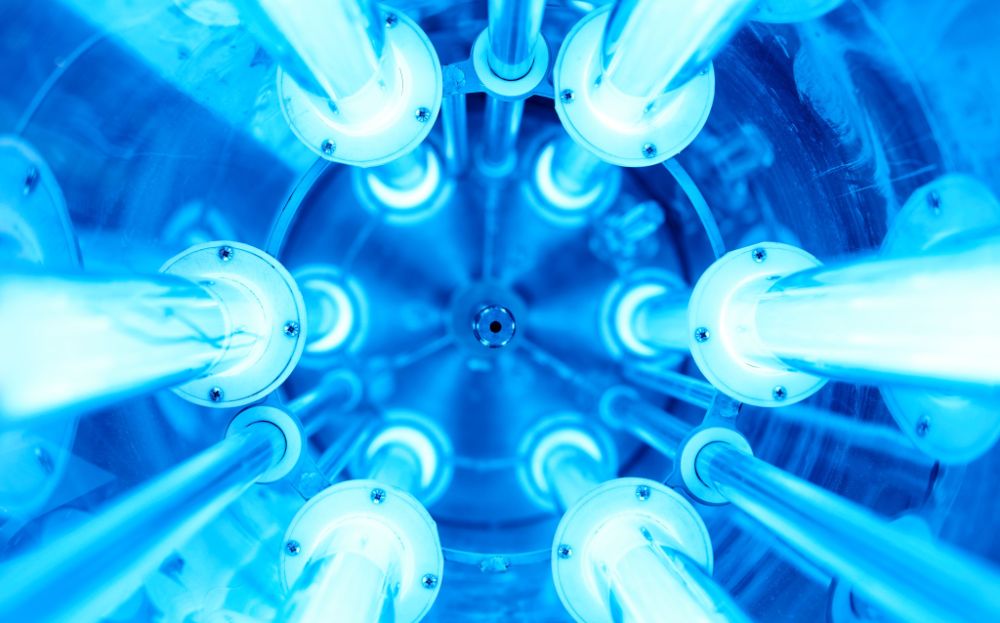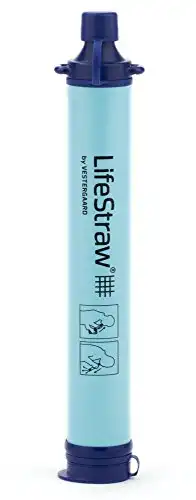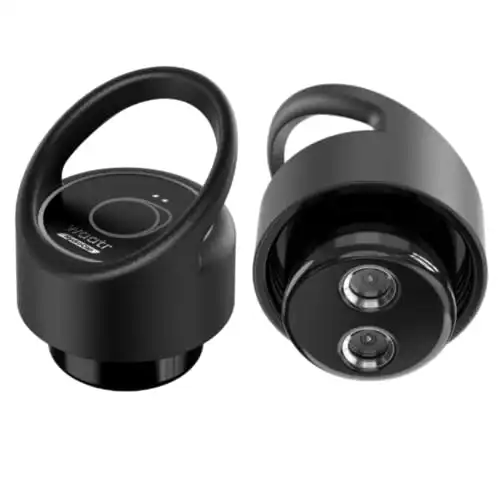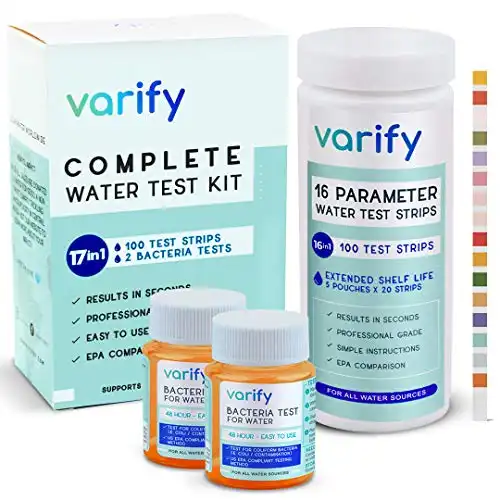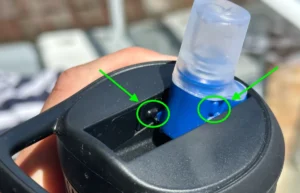Access to safe drinking water is vital for living a healthy life. The human body can survive weeks without food, but mere days without water. Unfortunately a lot of water sources are filled with microorganisms that can harm you if you drink it.
UV treatment is one method we use to kill water, protozoa, and viruses in water, but it's not a perfect solution. UV light can be a great way to create clean drinking water but there are some dangers when it comes to using UV light as a treatment for water.
UV treated water fails to eliminate chemicals, contaminants, and harmful minerals. It's also ineffective against the coating of some microrganisms and doesn't work in murky/opaque water. The invisible nature of UV light and microorganisms also makes it impossible to tell whether the treatment is working without further testing.
While UV treatments have many benefits, it's important to understand the dangers when choosing this purification method. Whether it be the municipal water supply, a UV treatment solution installed at your house or a UV light purifier for your water bottle.
1. UV Light Does Not Filter Out Chemicals
UV light treatments kill bacteria, protozoa and viruses but it is ineffective against chemicals and pollutants. By it's very nature it doesn't REMOVE anything from the water.
They don't act to filter out and remove things from the water, rather the UV light is used to kill or render inert harmful microorganisms.
While the UV-C rays might eliminate bacteria like E. Coli from your water, they won't eliminate the runoff of pesticides from a nearby farmer's field. If your old house has lead pipes concealed in the walls, you're still at risk of heavy metal poisoning.
One of the greatest dangers of drinking UV treated water is overconfidence. People aren't aware that UV lights only do part of the work in making water safe.
2. UV Light Does Not Remove Minerals and Sediment
UV lights also fail to remove minerals and sediment from the water. This is why many UV light water bottles are only deemed safe for clear water sources.
Hikers can use a UV water bottle to eliminate bacteria from running river water, but not to filter and purify standing water in a puddle.
Reverse osmosis and filtration are the only methods for removing minerals and sediment from water.
Something like the Lifestraw uses micro-filters to actually filter out sediments and some minerals from the water.
Microfiltration membrane removes 99.999999% of waterborne bacteria (including E. coli and salmonella), and 99.999% of waterborne parasites (including giardia and cryptosporidium). Removes microplastics, is verified with laboratories using standard testing protocols set by the US EPA, NSF, ASTM for water purifiers and provides 4,000 L of clean and safe drinking water.
3. Ineffective Against Some Microorganisms
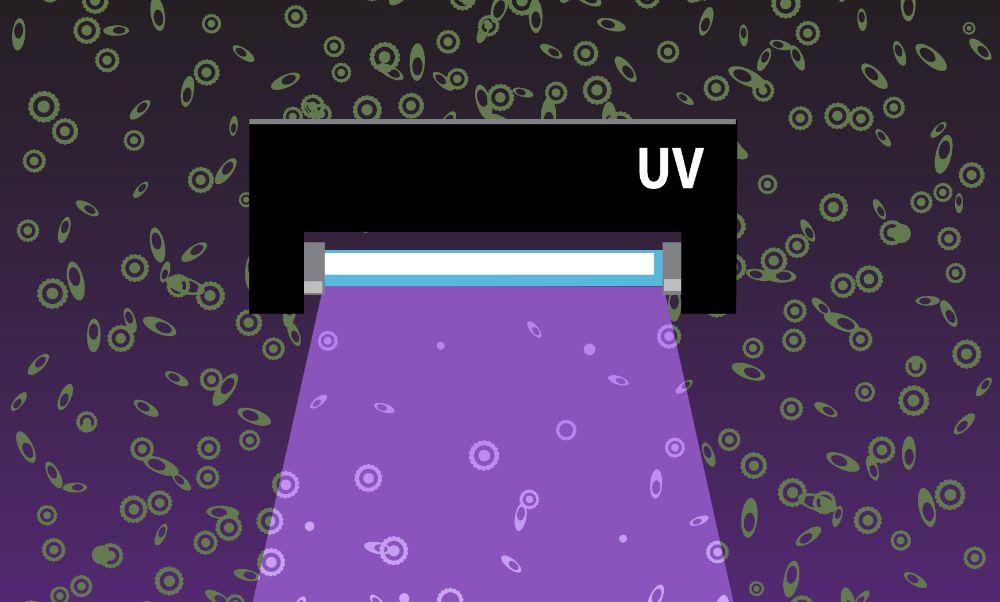
UV lights eliminate 99.9+% of microorganisms, but that small percentage remaining still have the potential to do some damage.
Giardia and Cryptosporidium are two of the most common causes of waterborne disease outbreaks. These parasites have hard cell walls that are impermeable to low level UV light. This is why it's vital that your UV light filter uses high-energy UV-C light to kill these parasites.
These microorganisms don't just wreak havoc in countries with limited access to clean water. Giardia is the most commonly documented intestinal protozoan in Canada, which has some of the cleanest tap water in the world.
UV lights are arguably better than nothing but don't confuse 99.999999% with 100%.
4. Ineffective Against Biofilm
In addition to being ineffective against some microorganisms, UV lights can't permeate some bacterial byproducts.
Biofilm is a coat of sugars and proteins produced by bacteria as a defense mechanism in a threatening environment. This coating limits the UV light's access to the bacteria.
Biofilm isn't a significant concern in running water. However, water sitting in a tank or bottle for some time could increase the risk of biofilm and limit the effectiveness of UV treatments.
5. Only Effective at Point of Contact
Many homeowners use UV lights to treat their tap water. This approach is generally effective for killing viruses, bacteria, and protozoans.
Purification only takes place at the point of contact. In other words, the water becomes vulnerable when it leaves the light and travels through pipes.
If your pipes are clean and well-kept, there's no problem. However, if the water has been standing for a while or the pipes are corroding, it could re-infect the water.
Unfortunately, there's no way of knowing what's happening in your pipes unless a significant plumbing issue arises.
6. Not Effective In Murky/Opaque Water
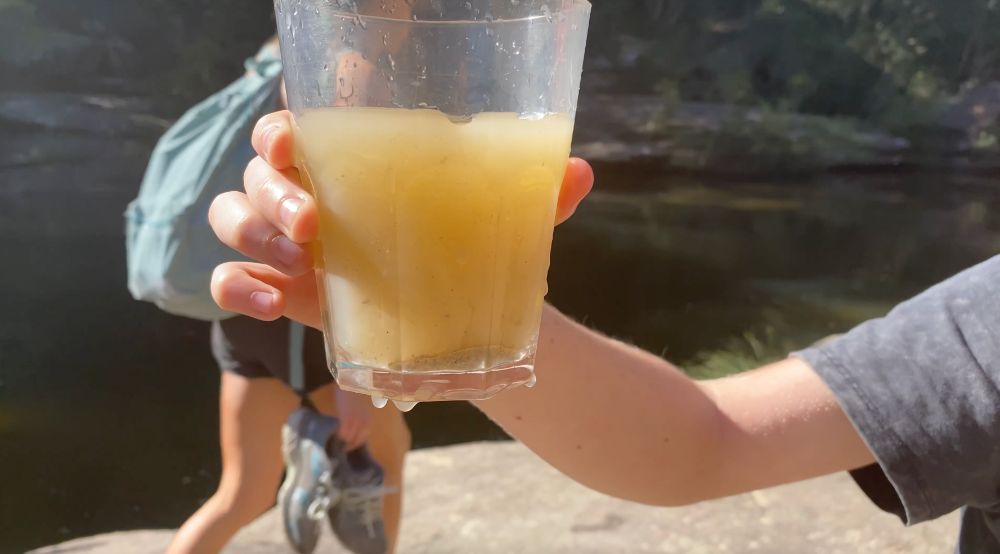
Another issue with UV treated water is that only water in direct light is purified.
If there's a shadow or obstacle, the water in that area will go untreated. This is a common issue around the lids and lips of UV treated water bottles.
Most home and municipal treatment systems are designed with this issue in mind. Adventurers using a UV water bottle should be cautious and should only used UV lights to purify clear water.
Below you can see a video of me using the HydroCap by Waatr on one of my adventures.
But when using this product I made sure to only use clean and clear water from the river.
The water has some floating bits in it but overall it was extremely clear and I didn't try to use this for any murky water.
7. Lack of Visible Signs of Effectiveness
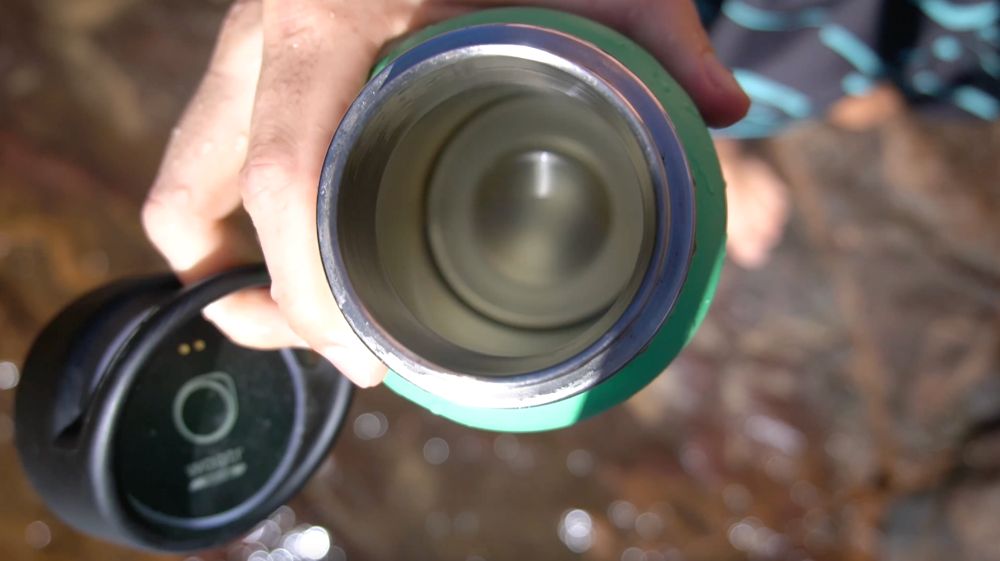
Finally, microorganisms are invisible to the naked eye. This makes it impossible for the average person to tell if the UV light is working effectively.
Fortunately, water treatment facilities and home systems have alarms to indicate when the UV light is malfunctioning. Homeowners will often hear an annoying buzz or bell when their UV light burns out.
People on municipal water may not receive an update from the company if they aren't on social media or email at the time.
When using the HydroCap UV water filter lid I couldn't tell if it had worked or not, I just had to trust in it, and that can be a litter scary the first time you do it.
Designed to fit most popular brand wide-mouth bottles the dual 20 mW UV-C lights kills >99.99999% E.coli and >99.8% NTM from water in “Pro Mode” purification. Smart safety sensor prevents accidental exposure.
Is UV Light Dangerous?
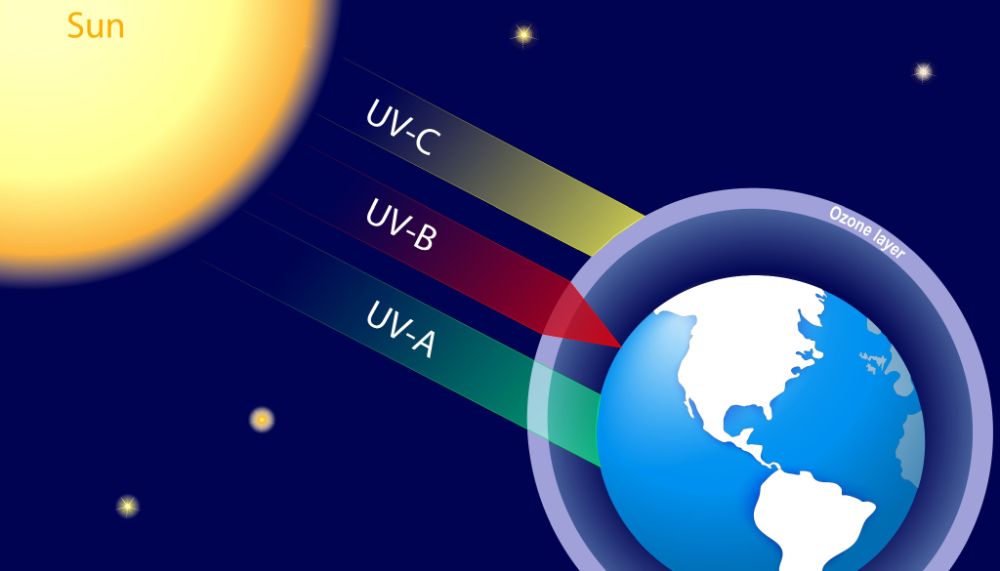
We're often told that UV lights and radiation is dangerous. Too much time in the sun or tanning can cause skin cancer, so is it safe to drink UV treated water?
The UV light used in water treatments does not remain in the water and is not harmful to humans. The light does not leave radiation in the water or affect the water's molecular structure.
According to Cancer.org it is UV-B light that “can damage the DNA in skin cells directly, and are the main rays that cause sunburns. They are also thought to cause most skin cancers”
UV-C rays are used to treat water and these contain more energy than UV-B light, so in theory human exposure to UV-C light could be dangerous. When using a UV-C water treatment you should ensure you're not directly exposed to the UV-C light.
Luckily UV-C light does not pass through opaque objects (like stainless steel water bottles) and it also bounces off the ozone in the atmosphere, meaning it doesn't reach the ground.
UV-C rays can damage your eyes and shouldn't be viewed directly. This is the type of light in welding torches, and should not be looked at for prolonged periods.
How to Make UV Treated Water Safer
UV water treatments work best when paired with other safety measures. Here are some steps to make your water safer.
Test Regularly
Purchase a portable water testing kit. You can get this water testing kits designed for hikers (at Amazon) to test water sources while adventuring.
The 17-In-1 Water Test Kit is a home test system that identifies microorganisms, minerals, and other contaminants. It's also recommended that you have your home water tested annually by an accredited lab.
Easy Testing for Lead, Bacteria, Hardness, Fluoride, pH, Iron, Copper and more!
Replace Your Light Regularly
If you have a home UV treatment system, replace the bulb regularly.
Some UV bulbs are rated to operate non-stop for 9000 hours. After this point, it may become less effective— even if it doesn't burn out.
Filter Before Drinking
Consider filtering your UV treated water before drinking.
Adding a carbon filter pitcher to your fridge is a simple way to remove particulate matter from tap or municipal water. You can also get a LifeStraw or a removable Hydro Flask filter for filtration on the go.
Drink Safe with Extra Filtration
While UV lights are a great starting point for treated water, extra filtration and testing are essential.
Understanding that UV treatments aren't a final solution will help you stay vigilant, healthy, and hydrated.

